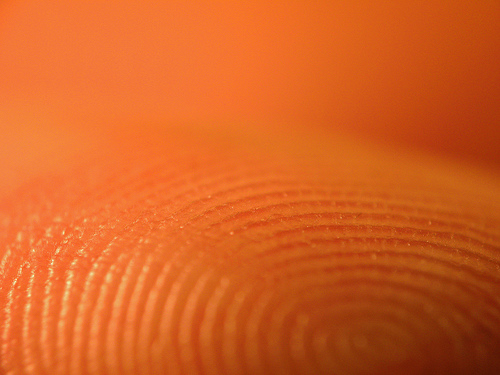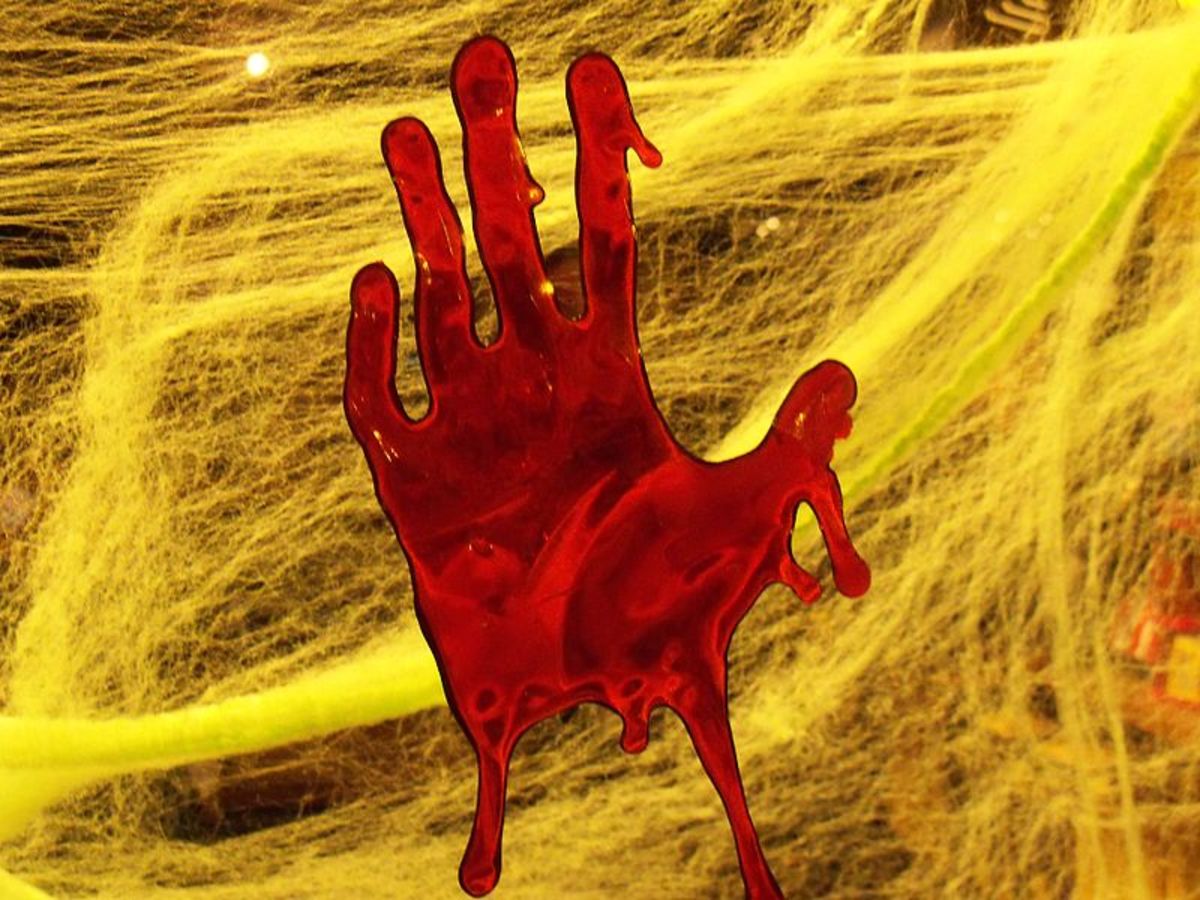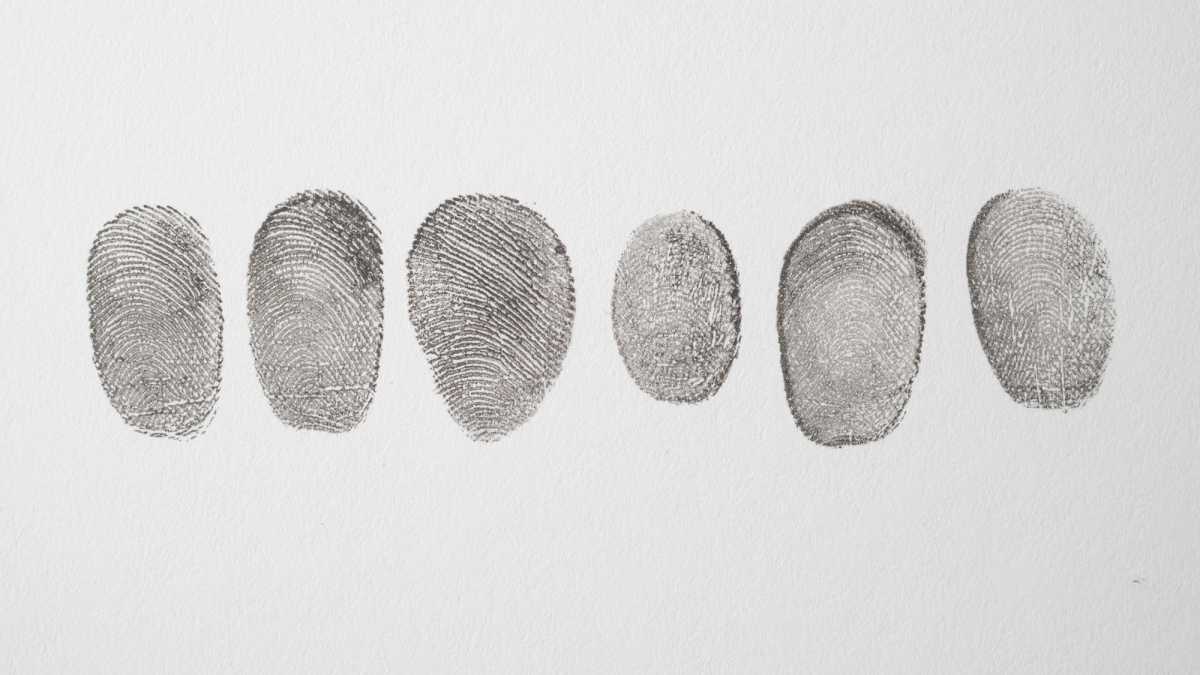What is Latent Fingerprint Detection?
Latent fingerprints are marks from a person’s finger that are not visible to the naked eye. Forensic investigators often use special equipment or substances to make latent fingerprints visible. One of the most common is fingerprint powder. A person’s hands and feet always have a fine film of oil, sweat, and other compounds on their surface.
Whatever a person touches bears traces of these substances, which creates a fingerprint that reflects the small ridge lines of the finger. When fingerprint powder is sprinkled over an affected area, the powder adheres to the oil, sweat, or other materials left in a fingerprint. This makes the fingerprint become visible. Forensic scientists and law enforcement can then collect information about the fingerprint that can help them identify the person who left it.

- All About Fingerprints
Fingerprints are impressions made by the papillary ridges on the ends our fingers. Because these ridges are unique to every human being and do not change with growth or age, they make an ideal form of... - How to Create a Fingerprint Science Fair Project
Fingerprints can be a fascinating subject for a science fair project. There are several different aspects of fingerprints to explore in a science fair format. Fingerprints make a great visual for a science...
Fingerprints in Crime Scene Investigation
After crime scene investigators photograph the scene, they dust all surfaces with fingerprint powder. This ensures that they do not miss any potential evidence. When fingerprints are found, they are photographed, transferred to clear tape, and placed on a fingerprint card.
After fingerprints are recovered from a crime scene, they are then scanned into a criminal database to determine a possible match, and kept on file for future matches. In the United States’s national database for fingerprints is the Integrated Automatic Fingerprint Identification System (IAFIS). This system holds over 47 million fingerprint records and can match any fingerprint entered into it with any existing fingerprint in the database. Criminals are often fingerprinted to establish these records, and citizens may be fingerprinted in routine background checks.
Latent fingerprint examination is often an important part of crime scene investigations. Often a criminal will touch surfaces of the crime scene with his or her bare hand, leaving the tell-tale fingerprint. Since each person has a unique fingerprint, investigators can match latent fingerprints found at the crime scene with a person in law enforcement databases to find the person responsible for the crime.
Sometimes fingerprints can be left not only from the natural oils and sweat of a person’s hand, but also from other substances that were present at the crime scene. This can include blood, other bodily fluids, or a foreign substance. When this is the case, the fingerprint can indicate both the person responsible for the crime and what physical substances were present.








